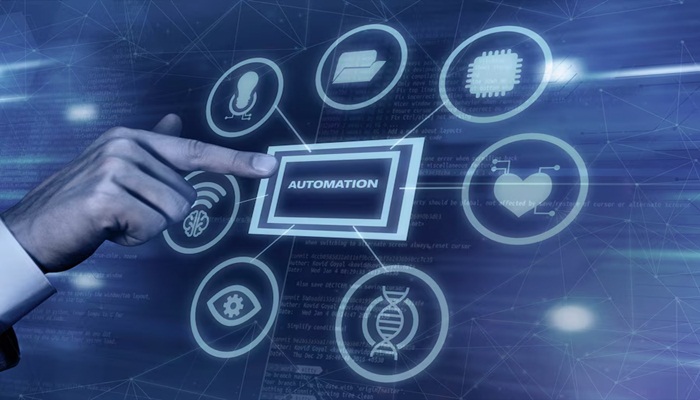Imagine your employer wants to reward you for your great work. They ask, “Would you rather have $2,000 or use that money to visit our Paris office for a few weeks?” Which would you choose?
For some employees, cash may be king, while others are eager to take part in a work-related office exchange that could transform their careers. There may be employees who’d choose neither, instead wanting to receive that same value in mental health coverage.
Considering the money is already earmarked for employee use, offering several reward options would hardly break the bank. And with improved well-being, performance and perception of company care, the return can be significant.
Creating an engaging workplace through benefits and rewards is a matter of tapping into employees’ preferences. Here’s what it takes to keep up.
Workplace Incentives Are Evolving
I started my first internship in 1999. Benefits covered 401(k)s and healthcare, and the best reward to hope for was Employee of the Month or a coveted parking spot. What I remember most about my first office is the smell of the fresh fruit and flowers we could enjoy. These little perks, back then, made enough of a difference to feel satisfied in the office.
Fast forward to today, and offices are dramatically different places. Now that people can work from literally anywhere, the effort of old is no longer enough. Today’s younger generations tend to stay at a job for less time, so leaders must pull out all the stops to keep their employees happy and engaged to retain them.
Benefits and reward programs must get creative. To shift from traditional to more innovative incentives, you need to offer employees the flexibility and personalization they crave.
Experiential Rewards
The first time I heard about sabbaticals was in the early 2000s. It was hard to believe an organization would sanction time off in addition to already allotted vacation time! But I went on to work for companies that offered such programs, and I quickly learned why employees and employers love them.
Unlike traditional workplace recognition, experiential rewards like sabbaticals prioritize memorable experiences and lasting positive impacts. A 2023 Blueboard and the Starr Conspiracy study found experiential rewards to impact employees 3.8 times more than any other type of reward.
A previous employer of mine offered a custom charitable reward: One employee per year could receive up to one month of paid time to work on a passion project with a nonprofit of their choice. Interested employees could submit an application, which was reviewed by a selection committee. The recipient was chosen based on their passion, the potential impact of the project and alignment with the company’s values. The offer was so appealing, it drew almost 60 applicants in the first year. Employees were excited about the opportunity, and those selected expressed gratitude for the chance to make a meaningful impact with the company’s backing.
Improved Benefits
According to MetLife’s “2025 Employee Benefit Trends Study,” employee holistic health is down 5%. On top of that, the gap between organizations that claim to care and employees who feel cared for is widening. This is likely because, of companies providing health care to American employees, most have very limited offerings. But according to SureCo’s 2024 “State of Employee Health Benefits,” modern workers want coverage options for services related to mental health, fertility treatment and weight loss medication.
By offering a comprehensive suite of coverage options that align with employee expectations, companies demonstrate a commitment to their workforce’s well-being. When people feel their leaders genuinely care about them, they report higher levels of happiness, engagement and productivity. In turn, organizations may see reduced turnover and enhanced workplace morale.
How To Evolve Your Benefits Packages
Of course, not every reward matters equally to every audience. My ideal experience might involve time off to work on a nonprofit assignment or write a book. Someone else may want to work alongside the CEO for a few weeks. To build a competitive benefits package that includes a list of customized rewards, evaluate your employees’ unique needs.
First, make a list of organizational retention challenges. Review exit interviews or tap into your employee listening tools to understand their concerns and needs. Then build healthcare benefits around what will appeal to existing talent. For example, do you need more benefits options for caregivers, individuals approaching menopause or soon-to-be parents? You should also consider benefits that appeal across all generations represented in your workforce.
Explore low-cost experiential rewards, like volunteer programs or wellness retreats. You can engage with third-party platforms that offer customizable experiential rewards, but exploring local partnerships with vendors, nonprofits or community organizations might be more likely to resonate with employees. Then conduct informal polls or surveys to pinpoint more-specific options.
The Biggest Challenge: Getting Out Of Our Own Way
When leaders go to consulting firms for advice on their benefits packages, they might ask, “What other companies are doing this?” When I get this question, I usually answer, “No one is.”
Why? Because focusing on what others are doing ends up constraining our vision. Instead, companies must evaluate those approaches and then consider what else can be done. By exploring all options, the opportunities you find that are right for your organization will grow exponentially.




















